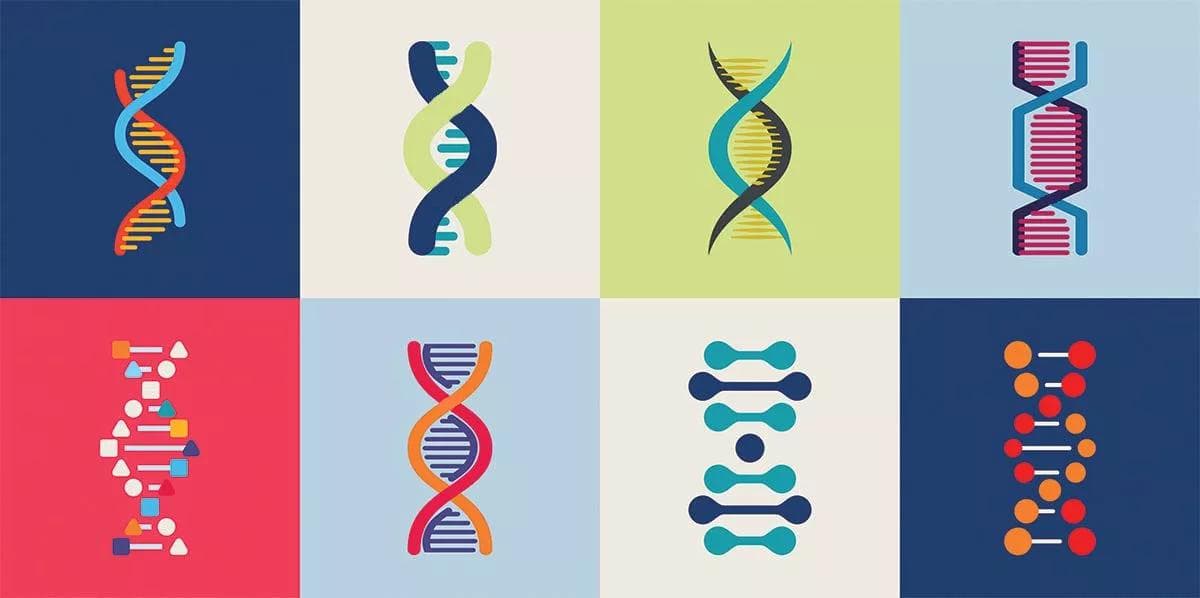We’ve analyzed over 1,000 more phenotypes using the UK Biobank’s latest data

Two weeks ago, we were the first research group to post our analysis results of the newly released UK Biobank exome sequence data on 50,000 individuals. We have now added to our list of phenotypes analyzed, including the blood biomarker and brain, heart, and abdominal imaging data that the UK Biobank recently made available. Our total number of phenotypes analyzed is now 2,742, including 29 blood biomarkers and 908 imaging phenotypes.
Among the new results, the blood biomarkers are definitely the stars of the show, driving more than 40 new statistically significant associations, including expected associations between loss of function variants in PCSK9 and LDL levels. We additionally find that rare variants in STAB1, a transmembrane receptor that is thought to play a role in angiogenesis, are associated with MRI measurements in several brain structures. We found this most strongly with an MRI measurement reflecting blood flow in the putamen (Median T2star).
We have also made several improvements to our interactive search tool where you can explore the results yourself. In addition to adding the new phenotypes, clicking on a gene will now show you the individual rare variants driving its association with a trait. This lets you dive right into any association of interest to understand the data underlying the association. You can also download the full result dataset and a summary of the top hits here.
Blood biomarkers
| Gene | Trait(s) | p-value | Freq | Model |
|---|---|---|---|---|
| ALPL | Alkaline phosphatase; Phosphate | 2.30E-168 | 0.33% | coding; LoF |
| SLC22A12 | Urate | 1.10E-106 | 0.41% | coding |
| GOT1 | Aspartate aminotransferase | 7.90E-68 | 0.12% | coding; LoF |
| CST3 | Cystatin C | 1.70E-48 | 0.03% | LoF; coding |
| ABCA1 | Apolipoprotein A; HDL cholesterol | 7.00E-38 | 0.60% | coding; LoF |
| GPLD1 | Alkaline phosphatase | 2.70E-33 | 0.42% | coding; LoF |
| SHBG | SHBG | 1.50E-32 | 0.12% | LoF; coding |
| GPT | Alanine aminotransferase | 6.30E-27 | 0.16% | coding |
| APOB | LDL direct; Cholesterol; Apolipoprotein B; Triglycerides | 1.10E-26 | 0.12% | LoF |
| PCSK9 | LDL direct; Apolipoprotein B; Cholesterol | 1.10E-25 | 0.27% | coding; LoF |
| SLC2A9 | Urate | 7.20E-19 | 0.18% | coding |
| ALB | Albumin | 2.80E-18 | 0.02% | LoF; coding |
| ASGR1 | Alkaline phosphatase | 2.40E-16 | 0.16% | coding; LoF |
| ABCB11 | Alkaline phosphatase | 2.00E-13 | 0.23% | coding |
| LCAT | HDL cholesterol; Apolipoprotein A | 5.90E-13 | 0.12% | coding |
| GCK | Glycated haemoglobin; Glucose | 6.90E-13 | 0.07% | coding |
| APOA5 | Triglycerides | 9.00E-13 | 0.06% | LoF |
| ANGPTL3 | Apolipoprotein A; Cholesterol; Triglycerides | 1.40E-12 | 0.22% | coding; LoF |
| CRP | C-reactive protein | 3.20E-10 | 0.09% | coding |
| LIPC | Apolipoprotein A; HDL cholesterol | 4.20E-10 | 0.35% | coding |
| CETP | HDL cholesterol | 7.50E-10 | 0.05% | LoF; coding |
| UGT1A1 | Total bilirubin; Direct bilirubin | 6.40E-09 | 0.08% | coding |
| SCARB1 | HDL cholesterol | 8.10E-09 | 0.20% | coding |
| UGT1A6 | Total bilirubin | 1.80E-08 | 0.34% | coding |
| SLCO1B3 | Total bilirubin | 2.70E-08 | 0.62% | coding |
| FCGRT | Albumin | 8.80E-08 | 0.08% | coding |
| VTN | Cystatin C | 9.50E-08 | 0.02% | LoF |
| TBX10 | Phosphate | 1.20E-07 | 0.05% | LoF |
| NR1H3 | HDL cholesterol | 4.30E-07 | 0.24% | coding |
Imaging
The methods we used were the same as those previously reported, but we now also make available some extra association information. Our main analysis of case-control traits requires at least 10 carriers expected in the minimum group based on the overall carrier frequency. However, associations that did not meet this criterion, but had at least 10 carriers in the smallest group, are also of interest. These associations are now highlighted in the downloadable summary file of our top associations. However, these associations should be interpreted with caution, as they are more prone to false positives than the more stringent table shown above. Also note that >50% of these associations were explained by a single variant, which was true of <10% of the associations that met our stringent criteria and is not the type of association that gene-based collapsing models are designed to identify. With these caveats, we show below the associations with p<1×10-9.
Low expected case carriers
This research has been conducted using the UK Biobank Resource under Application Number 40436.